How To Grow Carrots
Carrots grow great in the spring and in the fall. In the spring you want to plant them two to three weeks before the last frost and in the fall want to plant in 10 to 12 weeks before the first frost.
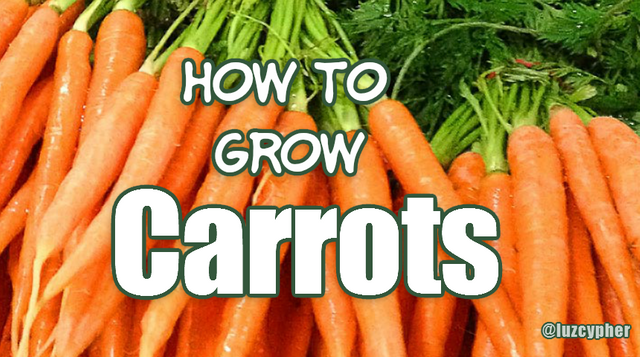
Carrots are a fairly easy vegetable to grow once you get the soil right. The best growing soil is sandy, loose, well-drained, rock free, and high in organic matter.
Raised beds are great place to grow carrots. If your soil is less than ideal you may wanna try some varieties like the Little Finger or the Parisienne, which are smaller carrots. If you've got great carrot growing soil, you can grow the rainbow!
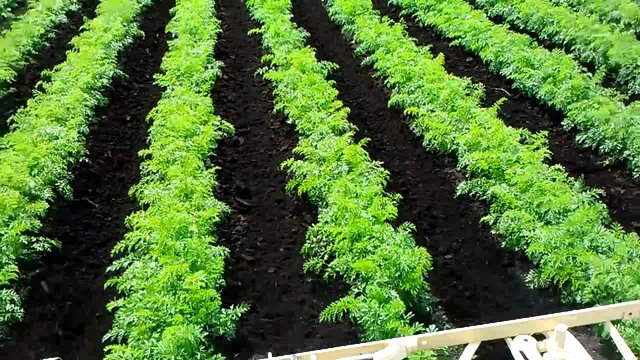
Originally carrots were yellow or purple but they've been bred to add red, white, and the familiar orange. Each carrot color has different helpful nutrients but taste the same so go ahead and grow all of them.
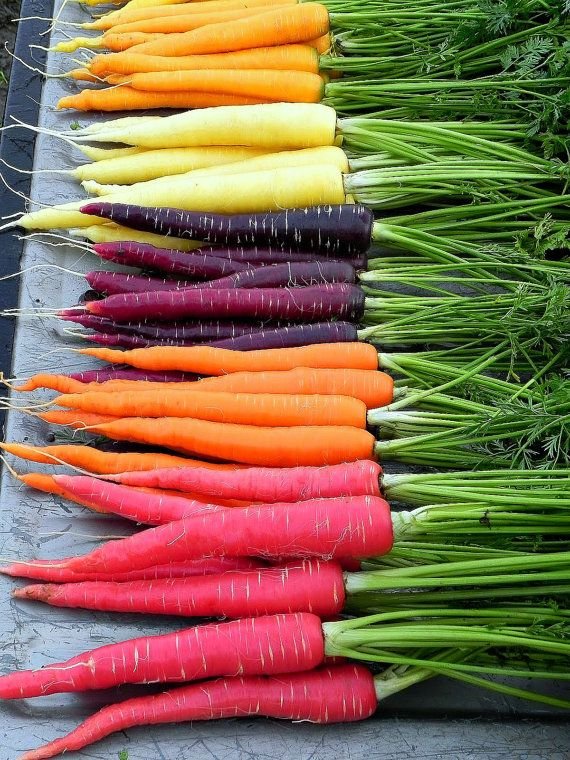
To prepare your beds, mix in some compost and a balanced fertilizer. Carrots will fork if they get too much nitrogen and they're heavy potassium feeders, so look for fertilizer with a lower nitrogen and a higher potassium.
Using a hoe, dig a trench to create two 4" - 6" inch tall mounds on either side. Make sure the soil has very fine texture without clods because that can inhibit carrot germination.
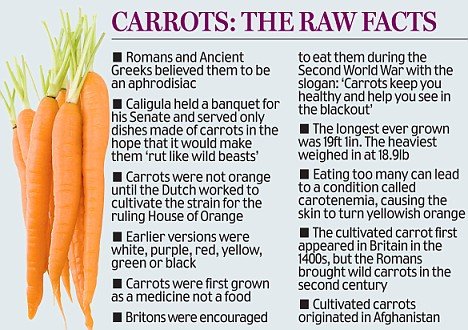
Score a slight ridge in the top of your mound and seed the carrots. The seeds are small so it can be helpful to use a seeder and mix in some sand or dry used coffee grounds.
Now just cover them lightly with sand, soil, or potting mix. Water gently. I like to put a little piece of Agribon over the bed. This helps prevent the soil from getting dried out and crusty. If a crust forms, the seeds will likely not germinate. You can plant some radishes along with the carrots to help keep a crust from forming and mark the row.
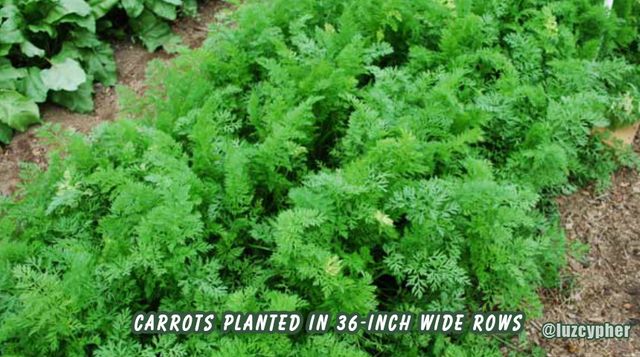
Water evenly. Carrots like to be kept moist but don't water aggressively or the seeds will wash away!
My carrots have germinated! Now it's time to thin them. Thin Carrots two to four inches apart. Use snips instead of pulling them out so you don't disturb the carrots you want to keep.
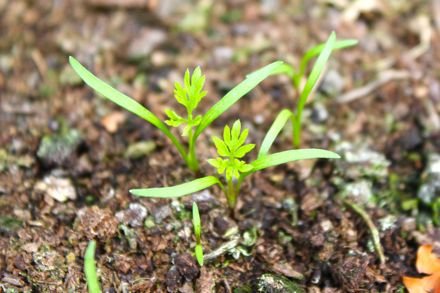
Public enemy number one for carrots is weeds. Make sure you keep your bed weed free. Now that my carrots are established I'm also going to add a mulch.
This mulch will conserve moisture, keep the roots cool and discourage weeds. Carrot roots develop the best at temperatures between 65 and 75 during the day and 55 at night.
Pests to worry about our carrot fly and leafhoppers and if you have those in your area you may want to consider covering your bed with Agribon. The Ag 19 is a great insect barrier.
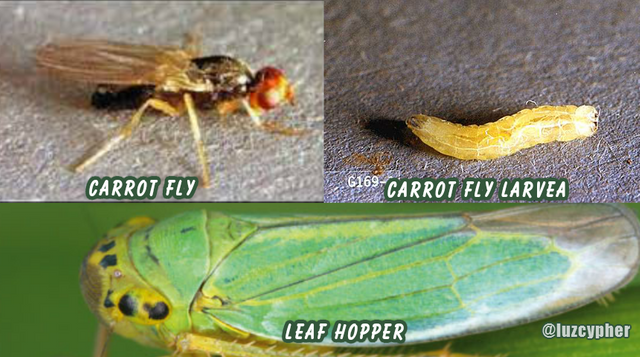
It's time to harvest the carrots! You know they're ready when they're about one to one-and-a-half inches in diameter. Loosen the soil around the carrots with a digging fork and carefully uproot them. Don't pull too hard on the top because you might just break it off.
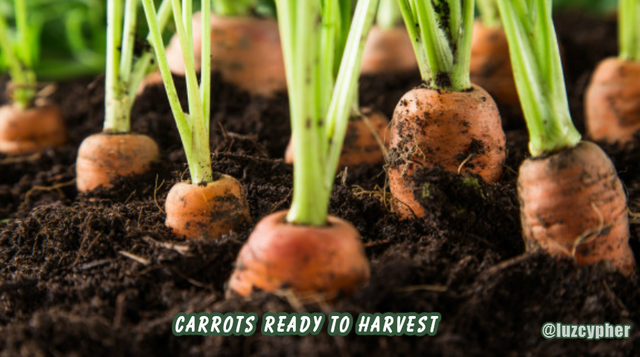
You can leave them in the ground and harvest as needed up to a point. The longer you leave them in the ground the woodier they become and the stronger the flavor.

Snip the tops off as soon as you harvest to keep the root from wilting. The greens can be eaten like parsley, composted or fed to animals.
Health Benefits of Carrots
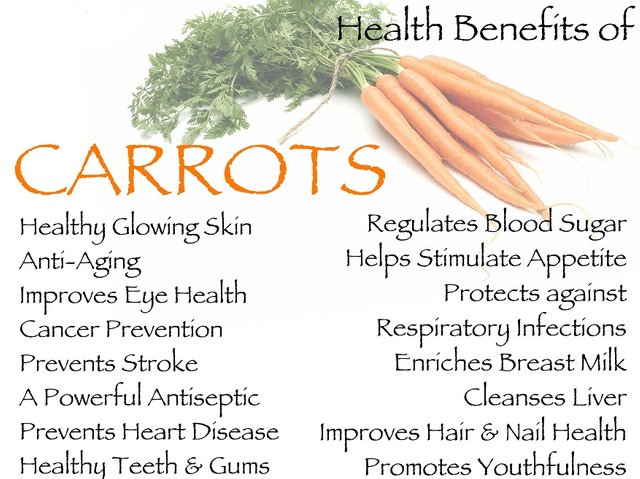
Improves vision
There’s some truth in the old wisdom that carrots are good for your eyes. Carrots are rich in beta-carotene, which is converted into vitamin A in the liver. Vitamin A is transformed in the retina, to rhodopsin, a purple pigment necessary for night vision.Beta-carotene has also been shown to protect against macular degeneration and senile cataracts. A study found that people who eat large amounts of beta-carotene had a 40 percent lower risk of macular degeneration than those who consumed little.
Helps prevent cancer
Studies have shown carrots reduce the risk of lung cancer, breast cancer and colon cancer.Falcarinol is a natural pesticide produced by the carrot that protects its roots from fungal diseases. Carrots are one of the only common sources of this compound. A study showed 1/3 lower cancer risk by carrot-eating rats.
Slows down aging
The high level of beta-carotene in carrots acts as an antioxidant to cell damage done to the body through regular metabolism. It help slows down the aging of cells.Promotes healthier skin
Vitamin A and antioxidants protect the skin from sun damage. Deficiencies of vitamin A cause dryness to the skin, hair and nails. Vitamin A prevents premature wrinkling, acne, dry skin, pigmentation, blemishes and uneven skin tone.Helps prevent infection
Carrots are known by herbalists to prevent infection. They can be used on cuts—shredded raw or boiled and mashed.Promotes healthier skin (from the outside)
Carrots are used as an inexpensive and very convenient facial mask. Just mix grated carrot with a bit of honey. See the full recipe here: carrot face mask.Prevents heart disease
Studies show that diets high in carotenoids are associated with a lower risk of heart disease. Carrots have not only beta-carotene but also alpha-carotene and lutein.
The regular consumption of carrots also reduces cholesterol levels because the soluble fibers in carrots bind with bile acids.
Cleanses the body
Vitamin A assists the liver in flushing out the toxins from the body. It reduces the bile and fat in the liver. The fiber present in carrots helps clean out the colon and hasten waste movement.Protects teeth and gums
It’s all in the crunch! Carrots clean your teeth and mouth. They scrape off plaque and food particles just like toothbrushes or toothpaste. Carrots stimulate gums and trigger a lot of saliva, which, being alkaline, balances out the acid-forming, cavity-forming bacteria. The minerals in carrots prevent tooth damage.Prevents stroke
From all the above benefits it’s no surprise that in a Harvard University study, people who ate five or more carrots a week were less likely to suffer a stroke than those who ate only one carrot a month or less.
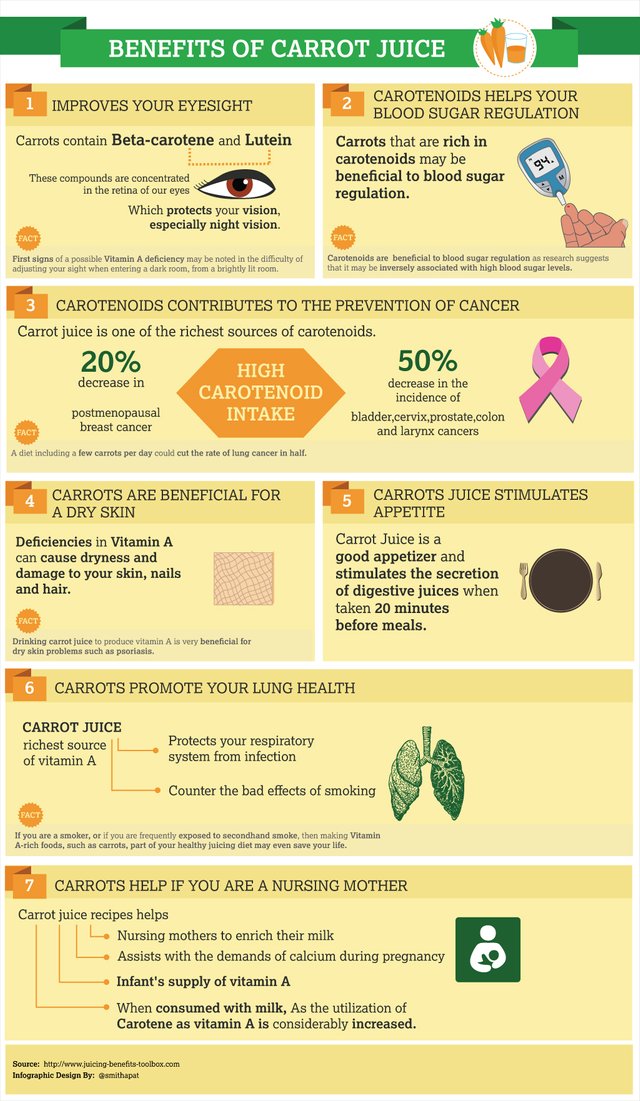
Store them in the refrigerator with high humidity and they'll last for several weeks. So grow some organic carrots, and grow organic for life!.
All images are mine unless noted and credited.
Related Posts
How To Grow Cucumbers And Make Dill Pickles --- by @luzcypher
How To Grow Onions, Leeks And Shallots --- by @luzcypher
How To Grow Beets --- by @luzcypher
How To Grow Strawberries --- by @luzcypher
How To Grow Lettuce For Your Home And Market --- by @luzcypher
How To Plant And Care For Artichokes In Your Garden --- by @luzcypher
How To Plant Potatoes For A Year Round Harvest --- by @luzcypher
The Magic Of Homemade Fertilizer Feeding Your Garden With Comfrey --- by @luzcypher
Benefits Of Garlic And How To Grow It In Your Garden --- by @luzcypher

Hi @luzcypher thank you for this complete howto post, great job. It's also possible to try hydroponic carrots who grows faster and better
Hydroponics works very well for carrots. I saw a commercial carrot operation once that was grown in sand hydroponically. The carrots were grown in 12-inch deep boxes filled with sand and drip fed a nutrient solution. Then the boxes we easily disassembled and the carrots popped right out undamaged and were easy to clean. Then the boxes were reassembled, refilled and replanted.
Yes, wish i have the time to try it !